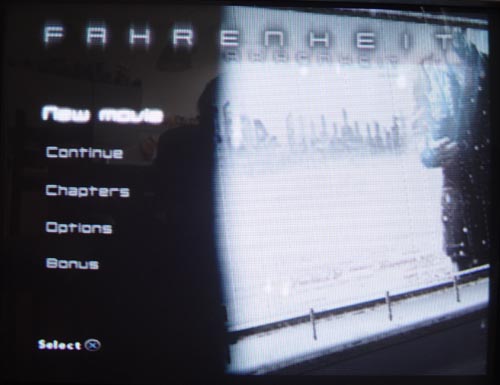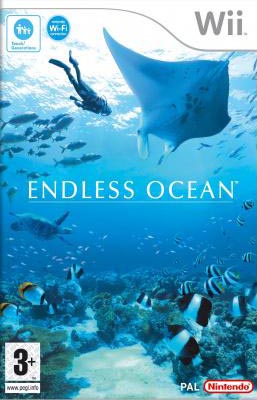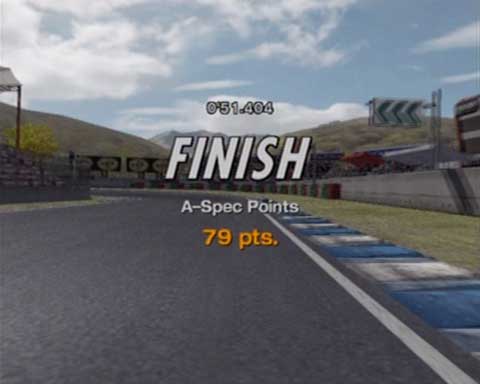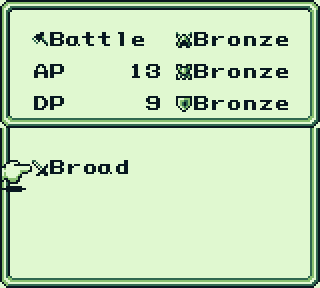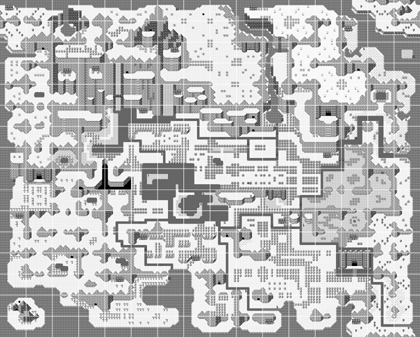Recently, I’ve played The Longest Journey by the Norwegian Studio Funcom. It is not to be confused with it’s very different sequel Dreamfall: The Longest Journey. The Game Designer responsible is Ragnar Tørnquist and I found out that he was about my age when he began working on the game, which is always quite a shock. The game is supposed to be one of the milestones in the recent development of adventure games. It was praised in almost every source I found and according to many reviews it is one of the best adventures of all time.
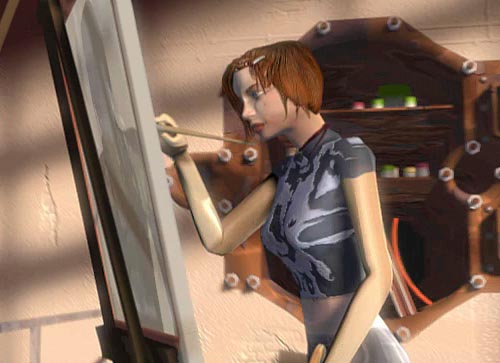
The Longest Journey is considered a game especially suitable for women. Even though the main character looks a bit slutty, I must agree.
The game has some extraordinary aspects and I would like to address them. However, if this it the best adventure of all time then the genre has yet many problems to solve.

